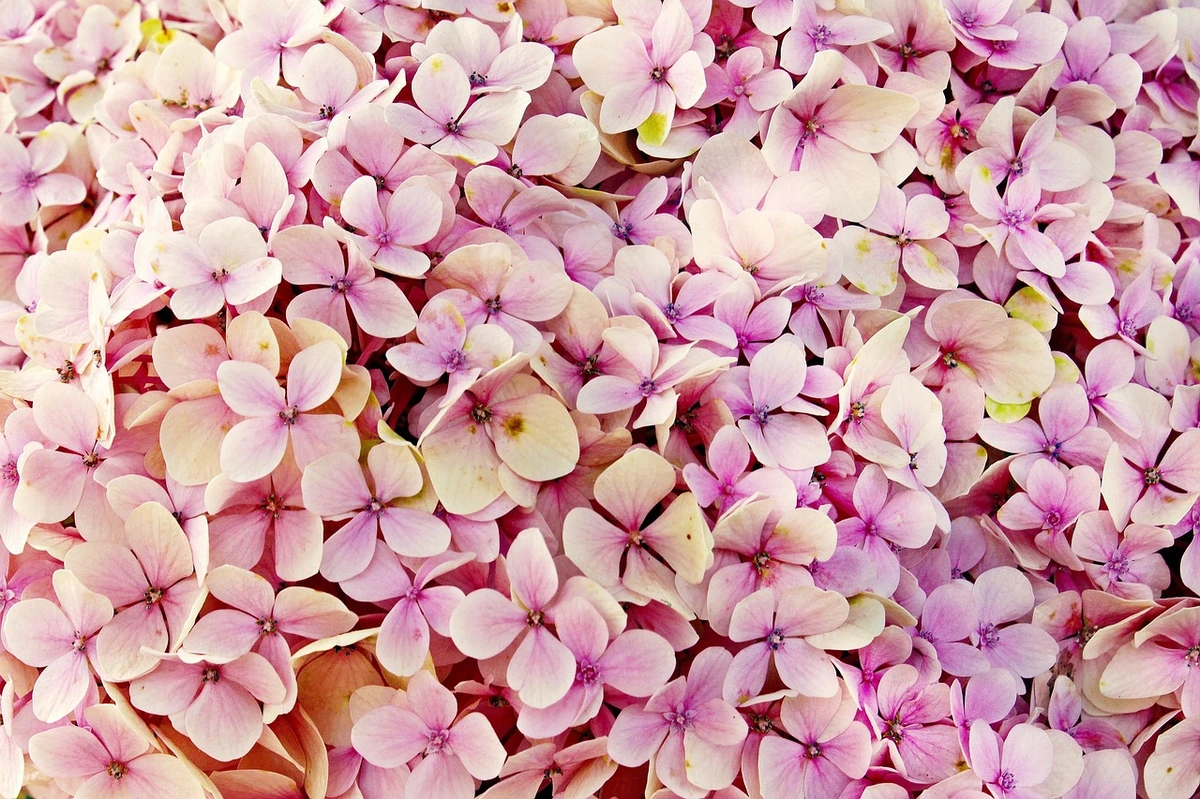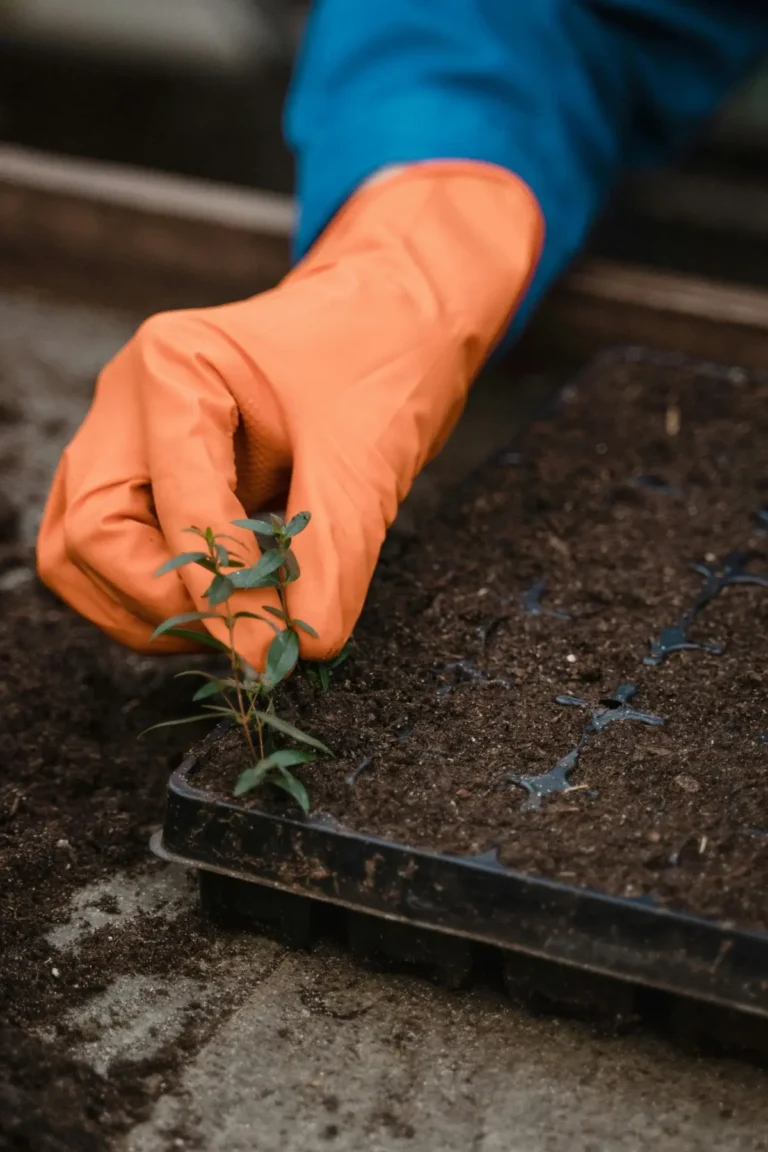You’ve probably heard people say that they are incredibly difficult to grow or that their flowers bloom only in certain conditions. Well, guess what? That’s not entirely true! The fact is they are relatively hardy and can do well in a range of environments — even if you’re not the most adept gardener. Let’s get into how you can grow beautiful hydrangeas — and bust some of these common myths!
What Exactly is a Hydrangea?
If you’ve ever seen those gorgeous, large, colorful flowers, you’ve seen a hydrangea. These have large, round flower heads that range in color from pink to blue to purple to even white. It’s a garden favorite flower because they are beautiful, but not all varieties of hydrangeas are the same. There are bigleaf hydrangeas, panicle hydrangeas, and oakleaf hydrangeas, all with distinct traits that can give your garden a special flair.
How to Pick the Best Hydrangea for a Garden
The first consideration when selecting hydrangeas is to choose the type that will thrive in your particular climate and garden conditions. Some are very hardy, like the panicle hydrangeas that love cold climates; others enjoy warmer zones, like bigleaf hydrangeas. “Hydrangeas can go either way, so something like an oakleaf is a good choice for a little of both: Their leaf shapes are unique, and they can handle some drought, but they’ll accept some wet soil, too, so they’re versatile across landscapes.”
How to Grow Hydrangeas: Planting Tips
Some would make it seem like planting is rocket science. These plants thrive in well-drained soil that is slightly acidic. When planting, dig a hole slightly wider than the root ball, and water thoroughly after planting. Hydrangeas prefer their roots moist, so be sure they’re not drying out too much. And don’t forget to place them in an area with access to lots of indirect sunlight.
Getting Started: Your Guide to Taking Care of Your Hydrangeas
They are low-maintenance after they’re established. Frequent watering is important, especially in the warm months, but they don’t require very much attention beyond that.” Be sure to blanket the soil with mulch around the base to keep it cool and moist. Pruning matters as well, but when you do it depends on the type of hydrangea you have. Some of them bloom on old wood and some bloom on new wood, so check to see what variety you have so you don’t prune off the buds!
Everything Has a pH. This Is Important for Hydrangeas
One of the most amazing things about hydrangeas is that the color of the flowers can actually change depending on the pH of the soil. If you’re aiming for blue flowers, you’ll need to provide more acidic soil, while pink flowers prefer more alkaline conditions. It’s not a miracle — just the normal way it responds to the soil! So if you’re yearning for a specific color, don’t forget to test your soil’s pH.
Hydrangeas in the Garden: Tips for Beautiful Blooms
They are great for focal points in your garden or even for privacy with their dense, bushy growth. You could plant them down a walkway for a stunning border or massed together in clusters for a fantastic blushing bloom display. It also grows happily in pots, making them a great choice for patios and balconies. With multiple sizes and colors to choose from, you can easily find a variety of hydrangeas that suit your design style.
Hydrangeas for Every Season
Though hydrangeas are thought of as summer flowers, they actually add interest to your garden all year round. And they will change color in the fall; even dried flowers in winter provide texture in your outdoor spaces. So, don’t see it as just a summer-only plant—these beauties can shine year-round!
The Last Word: Hydrangeas Are a Treat for Everyone
If you’re a gardening pro or a brand new gardener, they are a great option to plant. They aren’t as hard as folks think to grow, and with a bit of love they will bring a lot of color and beauty to your garden. Just remember: Plant the right variety in the right place and give them a little love, and you will have that blooming happily for years to come.




